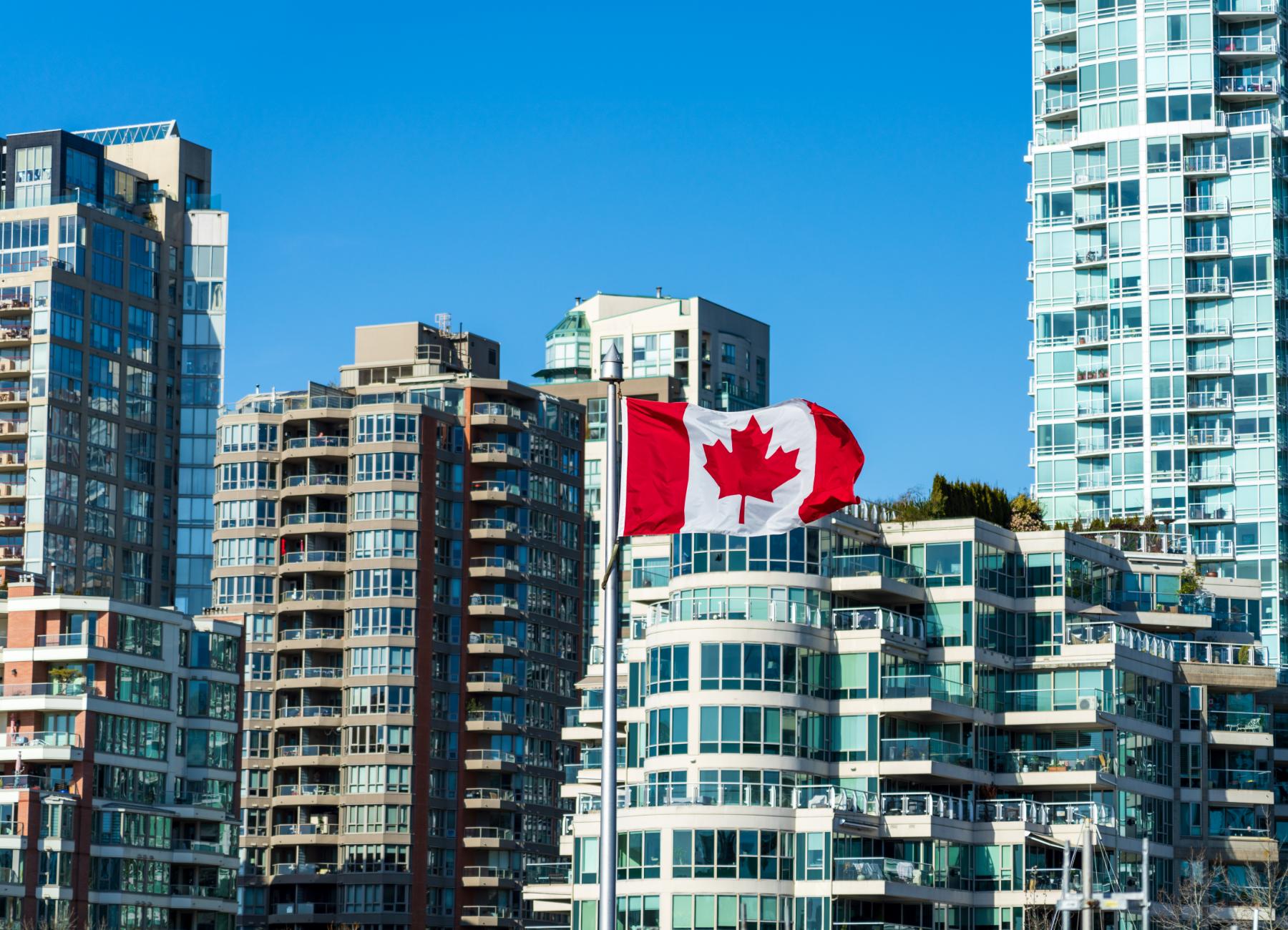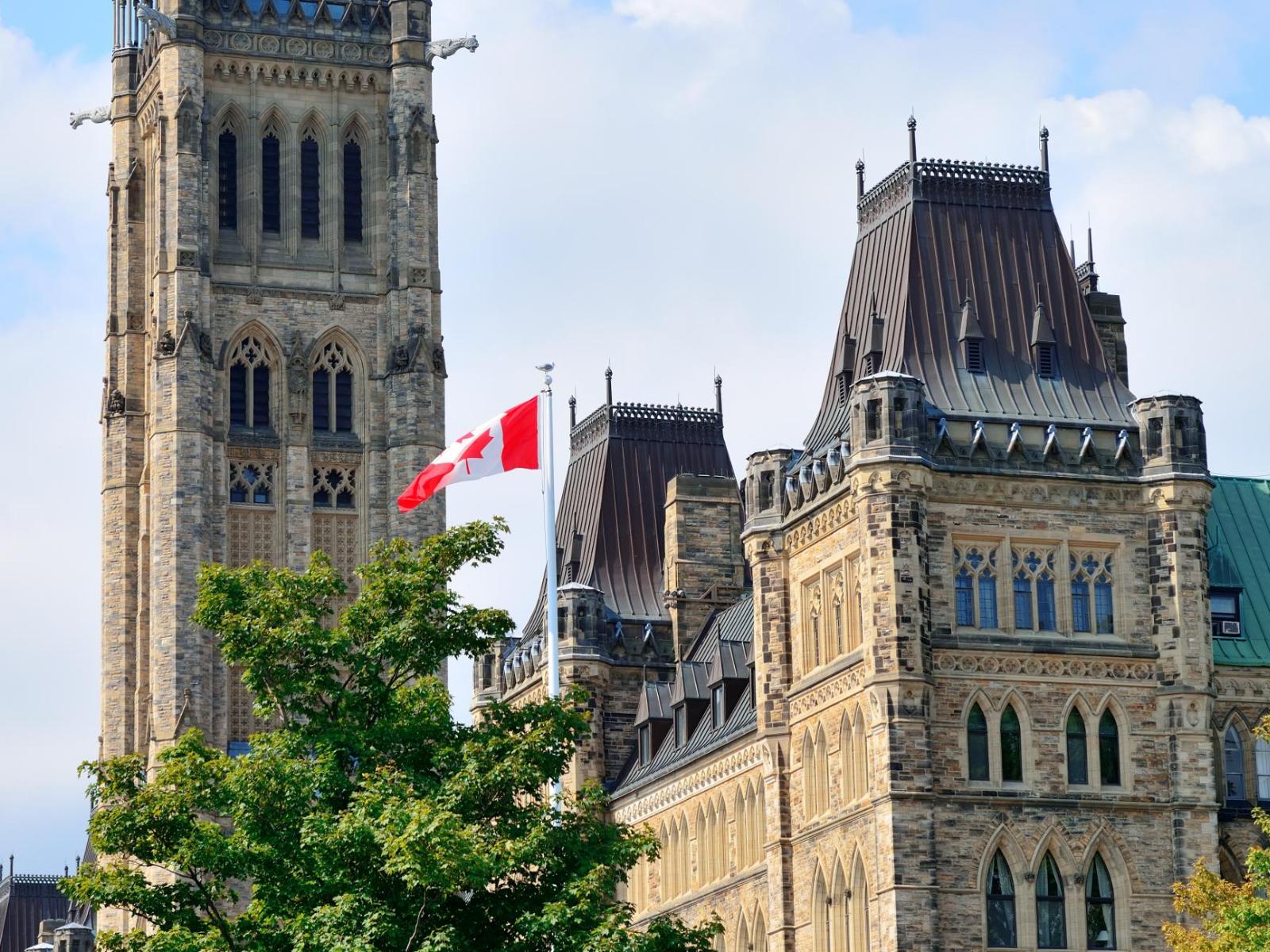Canada’s new immigration law has altered the map for people wanting to immigrate in 2025. The Canadian government has cut permanent resident targets to 395,000 for 2025, down from 500,000. This major change affects thousands of people who dream of building their lives in Canada.
These sweeping immigration changes go way beyond the reach and influence of permanent residency. On top of that, temporary residents will be limited to just five percent of Canada’s population by late 2026. International student admissions will see a ten percent reduction starting 2025. British Columbia residents face an even bigger challenge – their Provincial Nominee Program quota has dropped from 8,000 to just 4,000 applicants. The new Post-Graduation Work Permit rules starting November 2024 and tighter spousal work permit requirements from January 2025 make everything more complex if you have plans to immigrate to Canada. We know these changes can feel daunting, especially when you have your future and family’s wellbeing at stake.
Our team of immigration lawyers in Vancouver has seen these policy changes affect applicants firsthand. The 2025-2027 Immigration Levels Plan aims to tackle Canada’s housing crisis and might reduce the housing supply gap by about 670,000 units by 2027. But this means stricter immigration policies and tougher application processes. So, professional legal guidance has become crucial for anyone hoping to make Canada their home under the new immigration law. Our expertise could mean the difference between success and failure in this more restrictive environment.
Understanding the June 2025 Immigration Law Update
The June 2025 Immigration Law Update shows a transformation in Canada’s approach to population growth and newcomer integration. Previous policies pushed for continuous expansion. However, this update comes from growing concerns about housing costs and reliable infrastructure in Canadian communities. Public opinion about immigration changed faster than expected. Polling data reveals a 17% rise in Canadians who think there is “too much immigration” within just one year.
What triggered the new immigration law in Canada
Canada’s population grew by 1.27 million people through immigration in 2023. This created a record-breaking 3.7% annual population growth—the highest in 66 years. The sudden population surge strained housing markets and public infrastructure. The post-pandemic economy didn’t show the same worker shortages that justified expanded immigration. The government realized they needed to “arrange temporary and permanent resident immigration levels with community capacity”. This new strategy focuses on sustainable development instead of quick expansion.
Key goals of the 2025–2027 Immigration Levels Plan
The plan sets specific targets for permanent and temporary residents. Permanent resident numbers will drop to 395,000 in 2025, 380,000 in 2026, and 365,000 in 2027. The government wants to reduce temporary residents to 5% of Canada’s total population by late 2026. Economic immigration stays the most important priority. It will make up nearly 62% of all admissions by 2027. Family reunification will keep about 22% of admissions, while refugee and protected persons will represent roughly 15%. The plan also targets more French-speaking immigrants outside Quebec. These numbers will rise from 8.5% in 2025 to 10% by 2027.
How this update is different from previous years
Canada has introduced specific targets for temporary residents for the first time. This includes international students and foreign workers. Previous approaches focused only on permanent residence goals. The 2025-2027 plan aims to slow population growth instead of speeding it up. Population projections show a small decline of 0.2% in both 2025 and 2026. Growth should return to 0.8% in 2027. The plan also emphasizes in-Canada applicants more than before. More than 40% of permanent resident admissions in 2025 will come from students or workers already living in Canada. Economic experts predict these changes could reduce the housing supply gap by about 670,000 units by 2027.
Major Changes Affecting Immigration Streams
Canada made sweeping changes to its immigration system in June 2025. These changes affect immigration streams of all types and create a more restrictive environment for people moving to Canada.
Reduced permanent resident targets
The 2025-2027 Immigration Levels Plan shows a big drop in permanent resident admissions to 395,000 in 2025, 380,000 in 2026, and 365,000 in 2027. The numbers dropped by 105,000 admissions (21%) in 2025 compared to earlier projections. Economic immigration still takes priority and makes up the largest share of admissions each year, reaching almost 62% by 2027. The Provincial Nominee Program saw cuts by a lot. Notwithstanding that, family reunification keeps its importance with about 22% of total permanent resident admissions.
Temporary resident caps and student permit limits
The government plans to reduce temporary residents to 5% of the total population by late 2026. They capped study permit applications at 550,162 for 2025. Canada will issue 437,000 study permits, which is 10% lower than the 2024 cap. The temporary population will shrink by 445,901 in 2025 and 445,662 in 2026 compared to previous years. On top of that, IRCC will process study permit applications only until they reach the cap, starting January 22, 2025.
New rules for temporary foreign workers
Starting November 8, 2024, workers in the high-wage stream saw their hourly wages rise 20% above their province or territory’s median wage. Companies can now hire only 10% of their workforce through the Temporary Foreign Worker Program (low-wage stream). The maximum work duration in the Low-Wage Stream dropped to one year instead of two. These changes mean about 20,000 fewer positions will get approval through the TFW Program.
Post-Graduation Work Permit (PGWP) restrictions
PGWP applicants must meet new language requirements since November 1, 2024. University graduates need CLB/NCLC level 7 while college graduates need level 5. University bachelor’s program graduates don’t need specific fields of study. College bachelor’s program graduates got this exemption in March 2025. Only graduates from non-bachelor college, polytechnic, or non-university programs still need specific fields of study. Students must now prove they completed at least 50% of their program in Canadian classrooms.
Spousal work permit eligibility changes
Open work permits for family members faced major restrictions from January 21, 2025. Only spouses of international students in master’s programs (16 months or longer), doctoral programs, or select professional programs can apply. Foreign workers’ spouses qualify only if their partner works in TEER 0 or 1 occupations, or certain TEER 2 or 3 occupations where labor shortages exist. The foreign worker needs at least 16 months left on their work permit. Maybe even more important, foreign workers’ dependent children can no longer get open work permits.
Why Legal Guidance Is Now More Critical Than Ever
Canada’s immigration rules have grown more restrictive, making professional legal help vital for success. The June 2025 updates created a maze of regulations that experienced applicants struggle to handle by themselves.
Increased complexity in eligibility criteria
The new immigration law brings complex eligibility requirements to immigration streams of all types. Express Entry applicants face tougher passport documentation rules. They must provide detailed explanation letters for documents with expired dates. Language proficiency rules have also tightened. University graduates need CLB/NCLC level 7 while college graduates must reach level 5 to qualify for post-graduation work permits. These strict standards mean applications that used to be straightforward now need expert review to check eligibility.
Higher risk of application rejections
The new system has led to a sharp rise in application refusals. Immigration officials reject applications for small documentation errors they might have overlooked before. Applications get rejected right away if required documents are missing or don’t meet proper specifications. Processing offices now have more power to deny applications when they find “insufficient information on file to ensure that applicants meet the requirements”. Small oversights can result in complete rejection.
Navigating new documentation and timelines
Documentation requirements have grown incredibly specific and detailed. Temporary residence documents come with strict validity conditions. Any alteration or lamination makes them invalid. IRCC has new verification steps that closely inspect each document. Processing times change often based on application numbers and IRCC’s capacity, making timing a vital factor.
Understanding regional and provincial program shifts
Provincial nomination programs that offered reliable paths to permanent residency have changed dramatically. PNP admissions dropped from 120,000 to 55,000 for 2025. These changes hit regions like Manitoba and Saskatchewan hard. They depend heavily on immigration to fill crucial healthcare and agriculture job gaps. Each province created unique “streams” that target specific groups – students, business people, skilled workers – with their own requirements.
How We Can Help You Adapt
You need expert help to guide you through Canada’s changing immigration rules. Our Vancouver immigration lawyers create tailored plans to help you succeed as the rules get stricter.
Assessing your current status and future options
We start with a detailed look at your immigration status and find paths that work under Canada’s new laws. Every case is different, so we look at your work history, education, language skills, and family ties to find your best options. The numbers show permanent resident spots will drop to 395,000 in 2025, 380,000 in 2026, and 365,000 in 2027. This makes it vital to know which category gives you the best shot. We check if you fit the Express Entry’s Canadian Experience Class, a top priority for 2025, or if you qualify for specific fields like healthcare, trades, or education.
Strategizing for Express Entry and PNP changes
The Provincial Nominee Program spots have been cut in half for 2025. This means you need smart planning. We help find provincial streams that line up with your skills and give you the best chance for nomination. Ontario’s program now lets physicians apply without job offers. Our PNP knowledge helps direct you to communities in regional programs. Take Ontario’s Rural Entrepreneurship Development Initiative (REDI) pilot – it opens doors for skilled workers in specific communities.
Appealing or reapplying under new rules
When applications get refused, we’re here to guide you through appeals. You can challenge decisions about sponsorship refusals, removal orders, and residency obligations. We make sure your appeal documents are ready within the 30-day window. Some cases need Federal Court help. That’s when our specialized legal team becomes vital. We study your GCMS notes to understand why you were refused and build strong legal arguments. Remember, you can usually apply again right away unless your decision letter says otherwise.
Employer compliance and LMIA support
The new Labor Market Impact Assessment rules create challenges for employers. Wages must be 20% higher from November 2024, and most sectors can only have 10% low-wage positions. We help employers document their hiring efforts, set correct wages, and meet new rules about private health insurance for LMIA workers. On top of that, we ensure workers get information about their Canadian rights and signed job agreements.
Working With Us
Our Vancouver legal team helps you start your immigration experience with a simple process that boosts your success chances under new Canadian immigration laws. We start with a consultation to get into your unique situation and see how recent policy changes affect your case. During this meeting, we assess your eligibility under various immigration streams and think over both short-term and long-term immigration goals.
After our original assessment, we create a strategy that fits your specific needs. The June 2025 immigration changes are complex, so we create clear, step-by-step action plans that focus on the best paths for your situation. Unlike generic online advice, our customized approach looks at specific factors like your nationality, education credentials, work experience, and family connections.
Communication is the life-blood of our client relationships. Once you choose our services, you’ll get regular updates about your case and any policy changes that might affect your application. Canada’s immigration system changes often, which demands alertness. We use specialized legal databases and government alert systems to be proactive about regulatory changes.
Among our core immigration services, we provide detailed support for citizenship applications, inadmissibility issues, and humanitarian cases. Our Vancouver-based immigration lawyers’ decades of combined experience helps navigate complex cases, especially when you have new immigration law challenges in Canada.
Money matters to our clients. We discuss our transparent fee structure during your consultation. Moving to Canada is a big investment in your future. That’s why we show all potential expenses from the start. You can move forward knowing exactly what services we provide and their cost, without hidden fees or surprise charges later.










